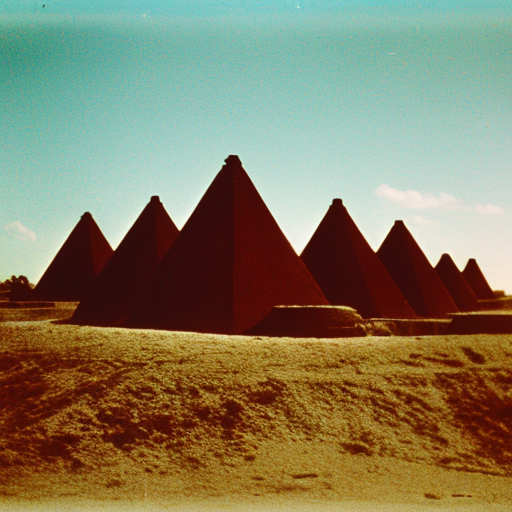Cahokia: The Ancient City of the Mississippians
Cahokia was a pre-Columbian Native American city located in what is now modern-day Illinois, near the present-day city of St. Louis. It was the largest and most influential urban settlement of the Mississippian culture, which flourished between the 9th and 15th centuries CE. Cahokia was a complex society with a highly organized political structure, a sophisticated economy, and a rich cultural and religious life.
Settlement and Expansion
Cahokia was established around 600 CE and grew rapidly over the next few centuries. At its peak, it covered an area of about six square miles and had a population of between 10,000 and 20,000 people. The city was strategically located near the confluence of the Mississippi, Missouri, and Illinois rivers, which provided access to trade networks and fertile agricultural land.
Monks Mound and the Plaza
The heart of Cahokia was the central plaza, which was surrounded by a series of large earthen mounds. The most prominent of these mounds was Monks Mound, a massive structure that stood over 100 feet tall and covered more than 14 acres. Monks Mound served as a platform for ceremonial buildings and was the focal point of religious and political activities in the city.
Social and Political Organization
Cahokia was a complex society with a hierarchical social structure. The ruling elite, consisting of a hereditary chief and a council of nobles, held significant power and controlled the distribution of resources. The common people, who made up the majority of the population, were organized into kinship-based communities and engaged in farming, hunting, and craft production.
Economy and Trade
The economy of Cahokia was based on agriculture, with maize being the primary crop. The city’s inhabitants also engaged in hunting, fishing, and gathering to supplement their food supply. Cahokia’s strategic location allowed it to become a major center of trade, with goods such as pottery, shell ornaments, and copper objects being exchanged over long distances.
Religion and Ceremonial Life
Religion played a central role in the lives of the Cahokians. They worshipped a pantheon of deities and believed in the existence of a powerful spiritual world. Ceremonial rituals, including mound-building and human sacrifices, were performed to maintain the harmony between the spiritual and physical realms. The city’s mounds and plazas were sacred spaces where these rituals took place.
Decline and Abandonment
By the 13th century, Cahokia’s population began to decline, and the city was eventually abandoned by the 15th century. The reasons for its decline are still debated among archaeologists, but factors such as environmental degradation, political instability, and social unrest likely played a role. After its abandonment, Cahokia was gradually reclaimed by nature and forgotten until its rediscovery in the 19th century.
Legacy and Significance
Cahokia’s significance lies in its status as one of the largest and most complex pre-Columbian urban centers in North America. Its monumental architecture, sophisticated social and political organization, and extensive trade networks demonstrate the capabilities of the Mississippian culture. Today, Cahokia Mounds State Historic Site preserves the remains of the ancient city and serves as a reminder of the rich and complex history of the Native American civilizations that once thrived in the region.












